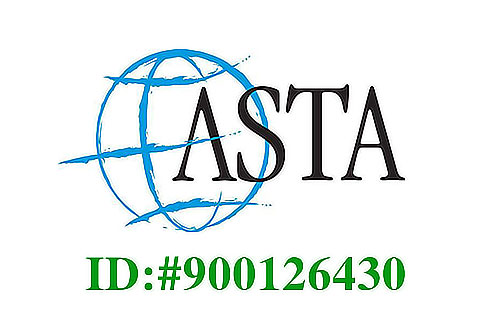Home > Guilin Geography
Guilin Geography
Guilin is situated in the northeast of Guangxi Province and southwest of Nanling Mountains. It is in the basin surrounded by Yuecheng Range, Ocean Hill, Jiaqiao Range and Tianping Hill. It appears at the southern end of Gui-Xiang Corridor. Carbonate rocks form the main body of the city ground where the karst physiognomy spreads widely, and there are many complete and wonderful karst sites, which have highly scientific value and tourist value.
The region of Guilin takes on a typical karst feature. Geological studies show that the original Guilin was a vast expanse of sea until 300 million years ago, the crustal movement made the limestone deposit in the deep sea rise and gradually formed to land. Being effloresced and eroded, it finally became the mountains with different shapes, the grottoes with beautiful views and the aboveground rivers with mysterious stories. These mountains with strangely shaped peaks and caves of unique formation, together with the crystal-clear Li River that surrounds the city, characterize Guilin's scenery and have brought it world fame. The main mineral deposits of Guilin are iron, aluminum, zinc, barite, talcum, and limestone.
Guilin covers an area of 27,809 square km and has 5 districts (Diecai, Qixing, Xiufeng, Xiangshan, Yanshan) and 12 counties (Yangshuo, Lingui, Lingchuan, Xing’an, Quanzhou, Ziyuan, Longsheng, Yongfu, Lipu, Gongcheng, Pingle and Guanyang).
The region of Guilin takes on a typical karst feature. Geological studies show that the original Guilin was a vast expanse of sea until 300 million years ago, the crustal movement made the limestone deposit in the deep sea rise and gradually formed to land. Being effloresced and eroded, it finally became the mountains with different shapes, the grottoes with beautiful views and the aboveground rivers with mysterious stories. These mountains with strangely shaped peaks and caves of unique formation, together with the crystal-clear Li River that surrounds the city, characterize Guilin's scenery and have brought it world fame. The main mineral deposits of Guilin are iron, aluminum, zinc, barite, talcum, and limestone.
Guilin covers an area of 27,809 square km and has 5 districts (Diecai, Qixing, Xiufeng, Xiangshan, Yanshan) and 12 counties (Yangshuo, Lingui, Lingchuan, Xing’an, Quanzhou, Ziyuan, Longsheng, Yongfu, Lipu, Gongcheng, Pingle and Guanyang).







